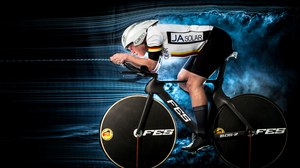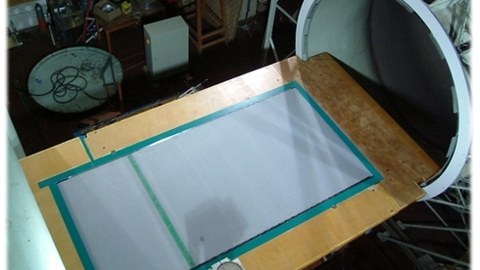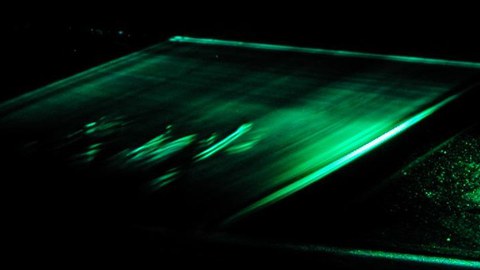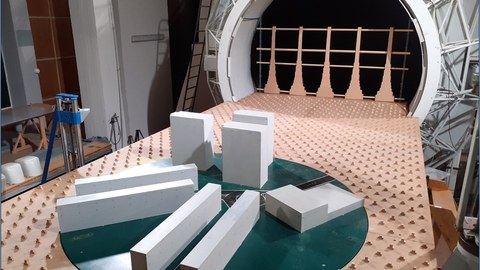The Wind Tunnel Facilities of the Chair
In addition to aerodynamics of aircraft, building and environmental aerodynamics are a major focus, as are flow problems on road and rail vehicles and in the field of competitive sports. Besides institutional research and teaching, applied research with industrial partners is a strong field of activity. To cope with the manifold tasks, adapted special measurement technology and investigation methods are available.
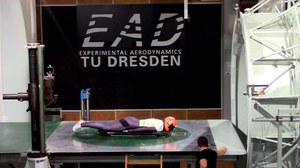 © J. Frey
© J. Frey
Fascination Wind Tunnel
Aerodynamic test facilities such as wind tunnels exert a magical attraction on engineers; a technical interest is in principle innate. It is more difficult to explain and communicate this fascination to "ordinary people". This compilation of facts and scientific achievements is intended to provide an insight into the history, the present and the future of the research group.
The driving force for the design and construction of the wind tunnels at the TU Dresden was research in the field of aviation. After the discontinuation of the aviation industry in the GDR, a reorientation to the fields of building, environmental and vehicle aerodynamics as well as sports equipment inevitably followed. Looking at the range of work accomplished, a high level of expertise and enormous commitment on the part of the staff is evident. The sustained interest of industry documents the confidence in our current and future research work for these subject areas.
The establishment of the Institute of Aerospace Engineering and the associated student numbers have revitalized research in this area with a large number of projects.
The use of a co-moving belt to simulate take-off and landing phases places the wind tunnel, after 45 years, in a top position among university facilities with a unique facility and corresponding modern measurement technology.
With these favorable conditions, we can optimistically look forward to further research and teaching at the wind tunnel in Dresden.
Dr.-Ing. Veit Hildebrand

